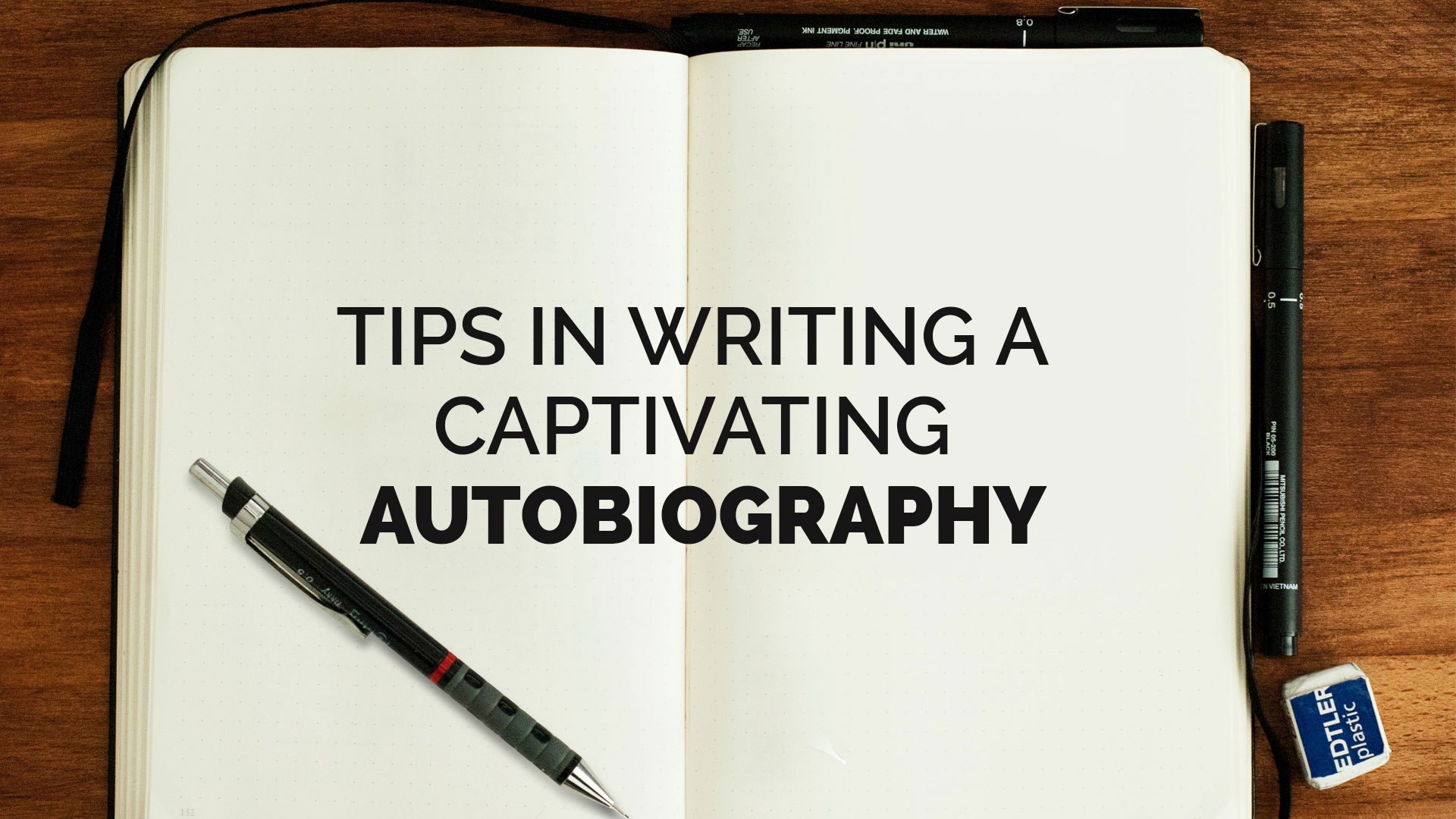
Tips in Writing a Captivating Autobiography
An autobiography is a subgenre of nonfiction. However, it can also become fiction when mixed with a dash of imagination. What makes this type of book famous is its ability to tell a person’s raw life story. Some of the best autobiographies are I Know Why the Caged Bird Sings by Maya Angelou, The Diary of a Young Girl by Anne Frank, Long Walk to Freedom by Nelson Mandela, Angela’s Ashes by Frank McCourt, When Breath Becomes Air by Paul Kalanithi, Donut Hole by Robert LeBeau, and Dreams from My Father by Barack Obama.
There are just so many genuine emotions in autobiographies that leave readers in awe. Apart from that, this genre’s stories also teach valuable lessons that can be applied in real situations. Hence, they are like teachers but in the form of words.
Suppose you are planning to write an autobiography about your own or another individual’s life; you must make it captivating to create a mark on your readers’ lives. That said, listed below are the best tips in writing an impactful autobiography that you should know.
Create a timeline of the person’s life
Begin the autobiography by conducting a study on the life of the person that you want to feature. This particular individual could be a famous figure, or it could be you. Moreover, make sure that you have built a strong framework before you embark on the actual writing process. So, start creating a timeline. It is the best method to ensure that you successfully included the significant people, dates, and happenings instead of writing about the unnecessary details. Don’t hold back on writing the memories that come to your mind, even if they don’t manage to be on the actual book. Consider this stage as the brainstorming and outlining process. It would be best if you weren’t so particular about the memories; what’s more important is you can recall them.
Extract the best moments
Your life story might become lengthy. Hence, you will be required to create decisions about what part to include and what not. Start creating a draft of your manuscript by extracting the best moments on the timeline you created earlier. These extracted tales will be put together to build the best image of your life. There are a handful of key subjects covered by most autobiographies because their patrons find them interesting. Some of the best parts are childhood, teenage years, love story, facing struggles, overcoming challenges, attaining success, etc. It all depends on you on what moments to include, but make sure to fit them together seamlessly for the readers’ sake.
Determine whether to mix it with fiction elements or not
It is common knowledge that life stories are automatically categorized as nonfiction. It is because they happened in real life. However, there are instances that they become fiction because of how the author mixed an ounce of imagination in it. For example, the author tries to fictionalize the setting, add another character, and more. Works of this sort are known as autobiographical novels, known to make use of autofiction techniques. Hence, it made the authentic story to be part fiction. You have the option to add some fictive elements to your novel. Think it through, and consider what could be the best choice that will surely hit the spot of your target readers.
Begin the writing process
Jump-start the writing when you already have created the framework, identified the best moments, and determined to mix fictive elements. This is the lengthiest process. It may take you months or years. The key to finish your manuscript is never to take breaks whenever you feel the need to get some. In this stage, you must be more creative in writing — because every reader has different preferences. You should know the perfect point of view to use that will increase the engagement of the readers. There are also other elements that you can utilize to enhance the beauty of your tale, such as literary devices. Also, your autobiography doesn’t necessarily have to start during your birth. You can modify the plot by starting in the middle or present—all you have to make sure that the plot is complete and gapless.
